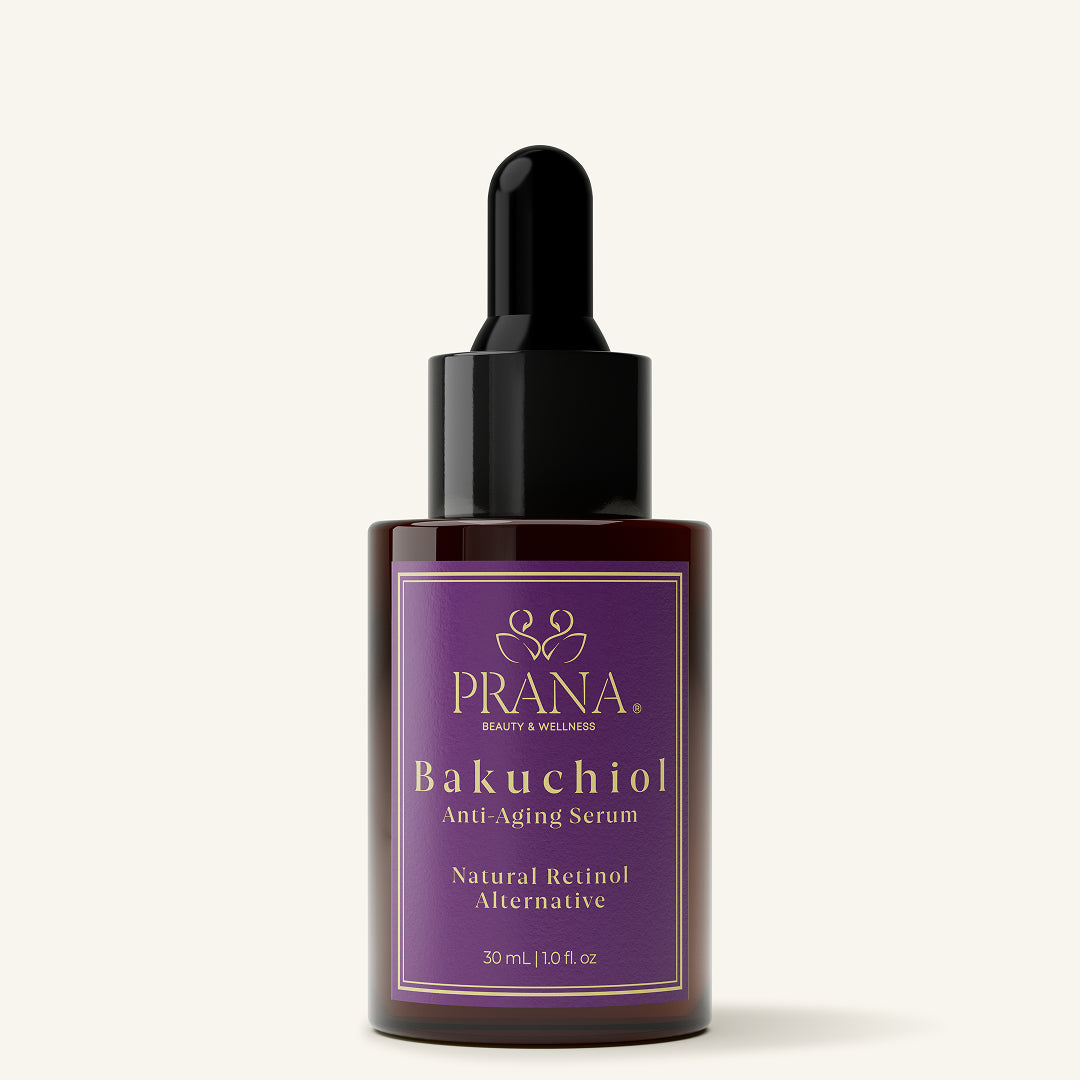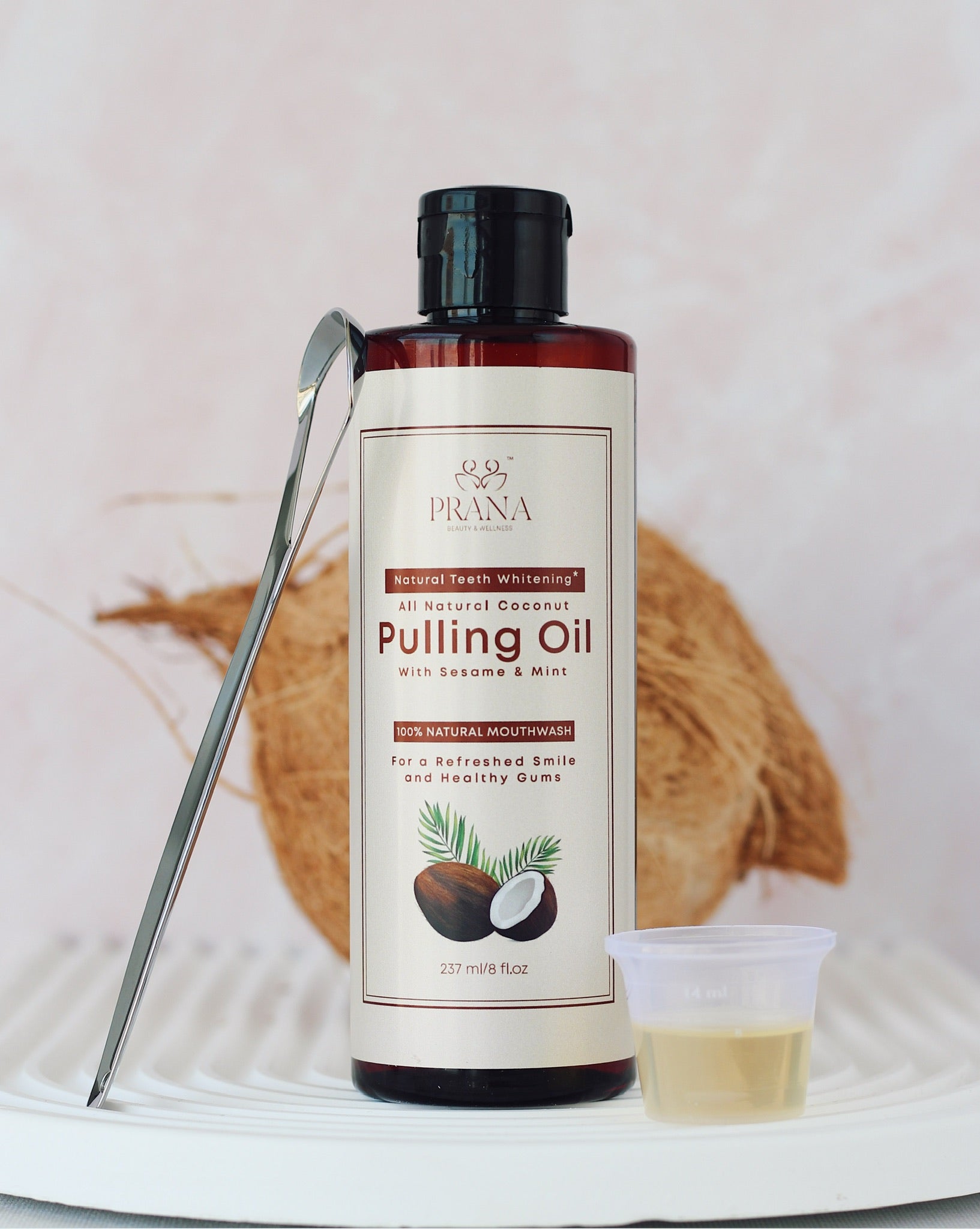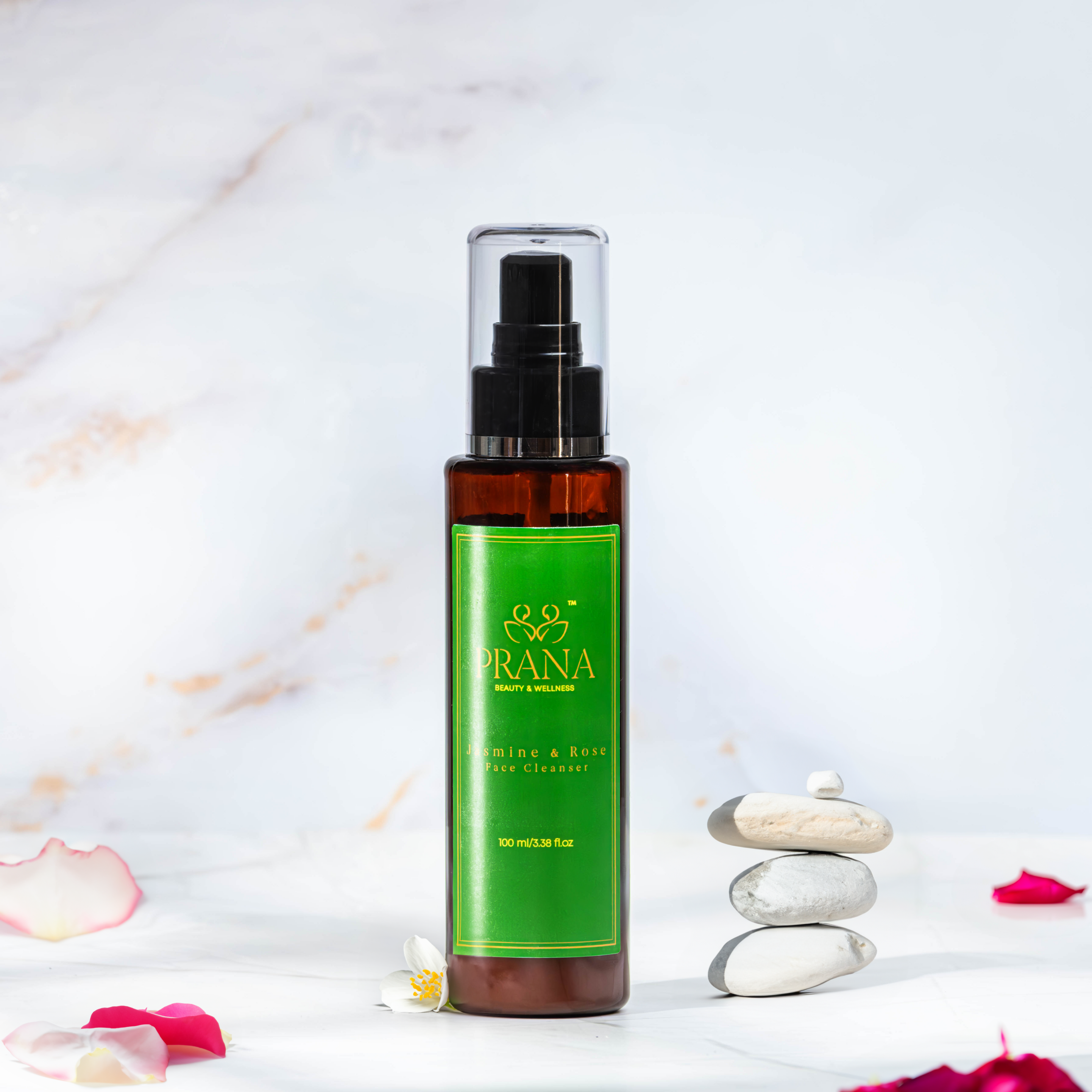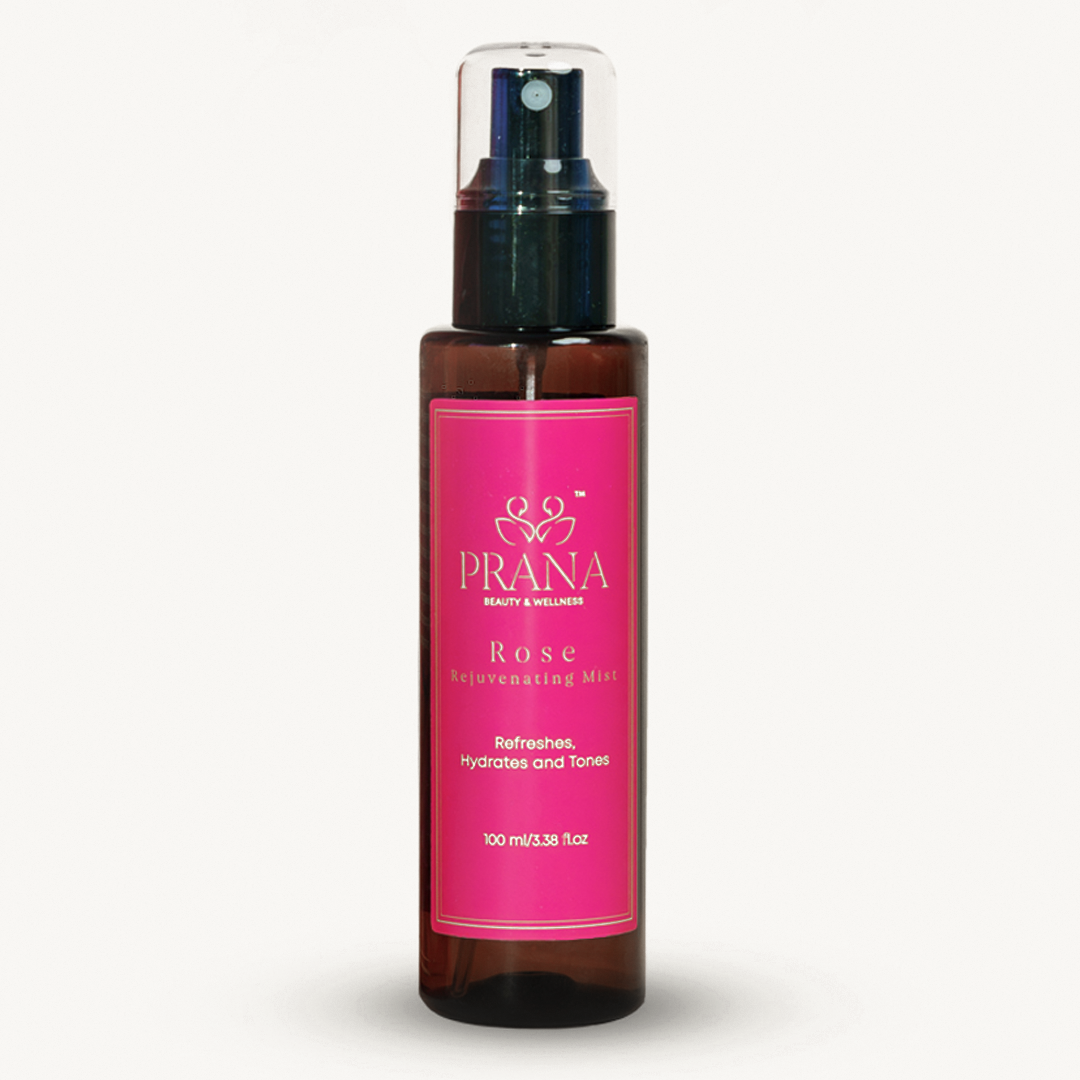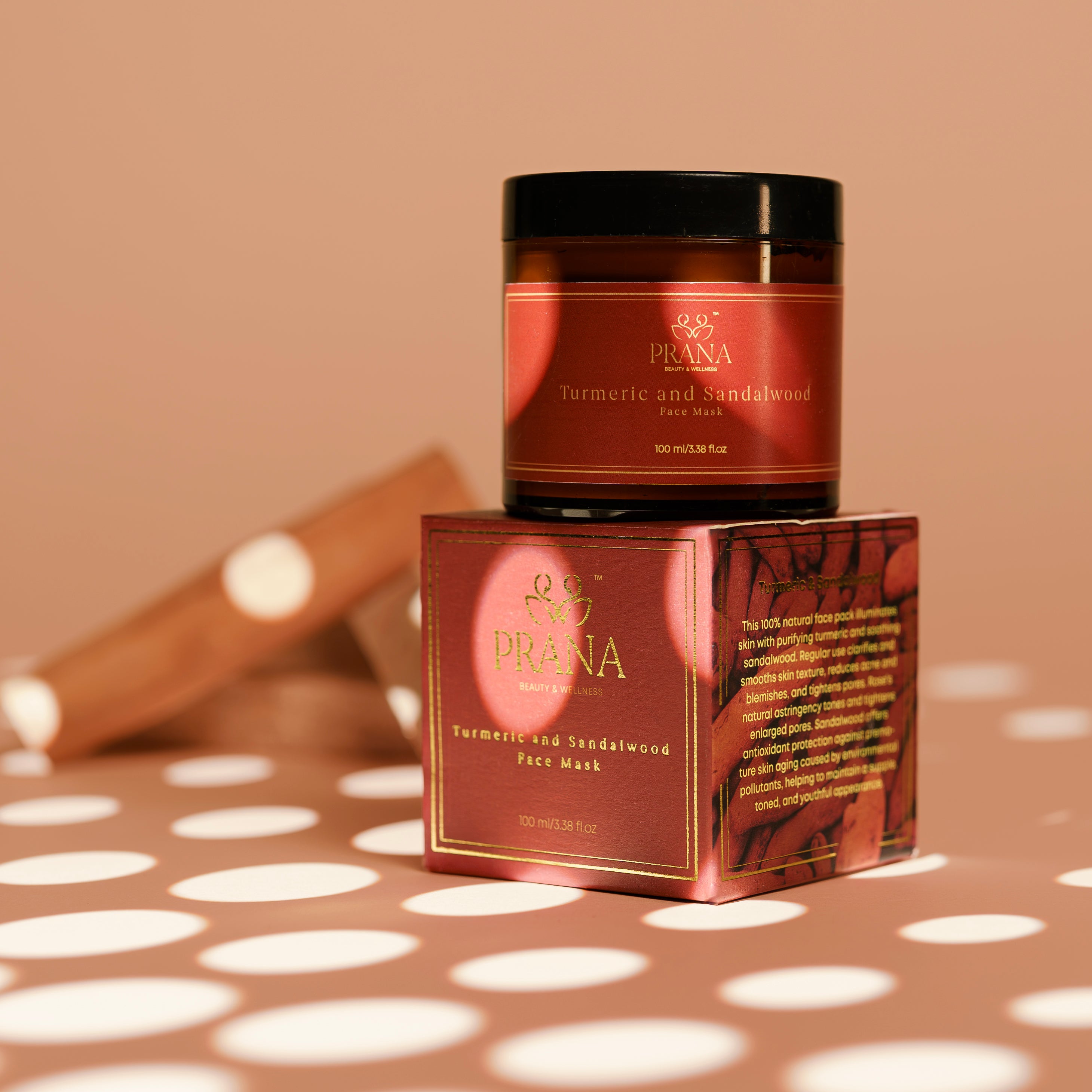Why is bakuchiol so expensive?

Why is Bakuchiol So Expensive? Unraveling the Skincare Secrets
Plant-based skincare sales skyrocketed last year, with bakuchiol leading the charge. Its fans love how it gently yet powerfully fights aging signs. So, why does bakuchiol cost so much? It comes from the Psoralea corylifolia plant, valued in traditional medicine.
Recent studies have shown bakuchiol's benefits are similar to retinol but with fewer side effects. This has increased its popularity and price.

Beauty lovers see bakuchiol in high-end brands and seek its quality. The process of getting it involves careful harvesting and refining. Experts say these steps, along with its growing fame, explain bakuchiol's high cost in skincare today.
Key Takeaways
- Bakuchiol is derived from a rare plant source known for its gentle anti-aging results.
- Its complex and careful extraction process influences the product’s final cost.
- Growing consumer interest raises bakuchiol’s market value.
- Research and product testing drive up development expenses.
- Premium brands view bakuchiol as a high-end ingredient, leading to elevated prices.
- Its soothing properties make it a prized alternative to standard retinol.
Understanding Bakuchiol and Its Origins
This natural compound has caught the eye of skincare lovers looking for gentle yet effective benefits. It works like retinol but is a plant-based molecule. Getting it involves long processes, which can affect its price.
What Is Bakuchiol?
Bakuchiol comes from the Psoralea corylifolia, or babchi plant. It acts like retinol but is kinder to sensitive skin. Brands love it for making skin smoother without the usual retinol side effects.
Some companies use cheaper babchi oil or mixes that don't have bakuchiol's full benefits.
Where Does Bakuchiol Come From?
Bakuchiol is made from babchi plant seeds and leaves. It's used in Ayurvedic and Chinese medicine. Growing it right is key to keeping it potent and pure.
This careful process raises its price. But its natural origin and effectiveness keep it popular. It's found in both luxury and affordable products, showing its value.
The Rising Popularity of Bakuchiol
More people want plant-based beauty products, leading to a focus on bakuchiol. It's known for being gentle yet effective. The global bakuchiol market is expected to hit USD 9.8 million by 2024, showing steady growth.
This rise in popularity affects the price of bakuchiol. As more people want it, suppliers must keep up, which can increase costs.

Trends in Natural Skincare
There's a big move toward clean, plant-based skincare. Bakuchiol is popular because it's good for sensitive skin but works well. Companies like Wishcompany and 82°E are adding it to their products, showing its appeal.
Celebrity Endorsements
Stars and influencers are talking about bakuchiol as a gentler option than retinol. Their support brings a lot of attention and boosts demand. This can lead to a higher price for bakuchiol as more people want it.
The Extraction Process of Bakuchiol
Experts carefully extract bakuchiol from Psoralea corylifolia L. They use methods that keep it pure. Some makers use special machines to avoid contamination and keep quality high.
Purity can go over 99% with advanced tech. Companies like Sytheon lead in this area.
Labor-Intensive Harvesting
Farmers take great care in picking seeds or leaves. The plant is rare, so every step is critical. This careful work increases the cost when it hits the market.
Complexity of Extraction Techniques
Traditional cold-pressing gets oil with 1.6% to 12% bakuchiol. Monomolecular isolation improves this to 99% purity. These advanced methods raise the price due to the need for special equipment and skills.
As more people want bakuchiol, prices keep going up. This is because supply can't keep up with demand.
Quality and Purity of Bakuchiol
Skincare producers worldwide focus on high standards. They grow plants organically, keeping them free from harmful substances. This careful process makes bakuchiol expensive, as every step is closely watched.
Sourcing High-Quality Ingredients
Only Sytheon, a French company, offers the real Sytenol® A. It's 99% pure bakuchiol. This method removes bad stuff, making it safe for use in oils, serums, or creams. Products with less purity can't be called “Bakuchiol,” protecting users from harm.
Importance of Purity in Skincare
Studies show real bakuchiol works well without causing much irritation. Brands test their products to prove they're genuine. This builds trust with customers.
Products with less than 0.5% bakuchiol often don't work well. This is because they don't have enough of the active ingredient. Keeping products pure is key to a safe skincare routine, explaining why bakuchiol is pricey.
Comparing Bakuchiol to Retinol
Bakuchiol and retinol are often compared for their skin renewal benefits. Bakuchiol comes from the babchi plant and is known for its gentle yet effective collagen production. It's seen as a natural alternative that offers similar anti-aging results with fewer side effects.
Studies show that bakuchiol can improve skin texture and tone. It's popular because it works well for many skin types, even those that are dry or easily irritated. This makes bakuchiol a bit pricier, as it requires careful extraction and quality control.
Effectiveness in Skincare
Retinol can sometimes cause dryness. Bakuchiol, on the other hand, is milder and less likely to irritate the skin. It also has anti-inflammatory properties, making it great for those who want smooth results without redness. Many see the bakuchiol cost as worth it for its safer, plant-based nature.
Side Effects and Sensitivity
Retinol is known for its effectiveness but can cause dryness or peeling. Bakuchiol, from the Psoralea corylifolia plant, offers a gentler option. Its balanced formulation makes it a strong contender in the fight against aging.
Research and Development Costs
Creating new formulas takes a lot of time and effort. Scientists work hard to find the active ingredient and improve how it's separated. This makes the product reliable and builds trust with customers.
Getting the ingredient can be hard and requires special skills and tools. This is why bakuchiol is more expensive.
Investment in Clinical Trials
Ongoing studies show bakuchiol works well in different products. Researchers check how it affects the skin, making sure it's safe and effective. They measure results carefully and protect the people in the trials.
This process is expensive but ensures the product meets strict standards. It's all about giving customers a product they can trust.
Marketing and Branding Expenses
Brands spend a lot to make bakuchiol seem special. They talk about its eco-friendly and high-end qualities, attracting people worldwide. Ads, partnerships, and stories make bakuchiol stand out.
These efforts are costly but help bakuchiol's image in a crowded market. They're key reasons for its price.
Market Demand and Supply Dynamics
The rise in natural skincare shows why bakuchiol is pricey. People want products made from plants, not synthetic stuff. This need for green beauty leads to a battle among brands for top anti-aging products.
Increasing Consumer Interest
More people are choosing vegan and eco-friendly products. In the U.S., 6% of consumers are vegan, a big jump. Bakuchiol is popular because it's good for aging skin and fits with clean beauty values.
Limited Supply Challenges
Getting high-quality bakuchiol is hard because it comes from certain places and needs special farming. When more brands want it, the problem gets worse. This makes bakuchiol expensive because of the careful work needed to get it right. It's in high demand worldwide, making it even more valuable.
Packaging and Brand Positioning
How bakuchiol is packaged can change how people see its value. Some brands use glass bottles and compostable materials to show they care about the environment. Others focus on fancy designs to make it seem special. So, why does bakuchiol cost so much? It's because of the packaging, which shows the brand's commitment to quality and sustainability.
Eco-Friendly Packaging Solutions
Brands like Burt’s Bees and Glowytics are using recycled plastics and refillable containers. They want to attract people who care about the planet. By doing this, they can charge more for their products, which are made with care for the environment.
Luxury Branding and Pricing Strategies
Some big names, like The Ordinary, keep their packaging simple. Others go for fancy packaging to show they're high-end. This fancy packaging makes people think the product is worth more. Brands like Paula’s Choice and Herbivore Botanicals have unique looks to stand out. They make bakuchiol seem like a luxury item, which justifies its price.
Conclusion: Evaluating the Costs of Bakuchiol
Plant-based skincare has made bakuchiol a premium choice. Its high production costs and rare sourcing add to the price. Yet, its gentler nature compared to retinol makes it worth it for those seeking natural options.
Is It Worth the Expense?
Studies show people are willing to pay more for smoother skin and less irritation. Big names like Loreal and Estee Lauder have added it to their anti-aging lines. Users enjoy using it day or night without the redness seen with harsher products.
These advantages make the initial cost worth it for many.
Future Trends in Pricing
The bakuchiol market is expected to grow from USD 9.97 million in 2025 to USD 18.52 million by 2035. This growth is at a 6.4% CAGR. As cultivation areas expand and extraction methods improve, prices might stabilize.
The increasing demand for eco-friendly products and advanced formulas could make bakuchiol more accessible. For now, its unique benefits and sustainable approach keep it priced higher than common skincare ingredients.
FAQ
Why is bakuchiol so expensive?
Bakuchiol's high price comes from its rare source and the complex way it's made. As more people want a natural alternative to retinol, these challenges make it pricey. This makes bakuchiol a top choice in skincare.
What are the main bakuchiol price factors?
The main factors affecting bakuchiol's price include where it's grown, how it's picked, and quality checks. Also, research, development, and marketing add to its cost.
How does bakuchiol pricing analysis compare to other skincare ingredients?
Bakuchiol costs more to make than common skincare ingredients. Its unique cultivation and extraction process, along with limited supply, make it pricier than usual.
Is the cost of bakuchiol justified by its benefits?
Many think bakuchiol's benefits, like boosting collagen without irritation, make it worth the price. It works like retinol but is gentler, making it a great choice for a smooth skin.
Why do bakuchiol formulations sometimes have a high price tag?
The cost of bakuchiol often reflects the steps taken to keep it pure and effective. This includes organic farming and third-party testing. These steps ensure quality, which increases the price.
Are there ways to lower the bakuchiol cost breakdown for consumers?
Yes, as more is grown and extraction methods improve, prices might drop. As the supply chain gets better and demand grows, bakuchiol could become more affordable.
What are the main reasons for bakuchiol’s price remaining high?
Bakuchiol's price stays high due to its careful harvesting, limited supply, and strict quality checks. Global marketing and celebrity endorsements also play a role in keeping prices up.


